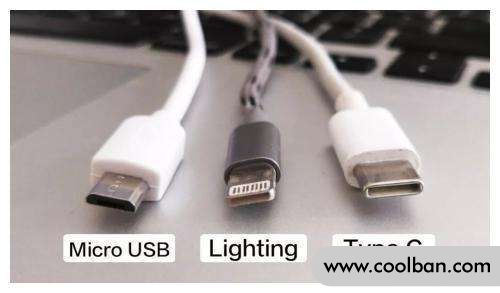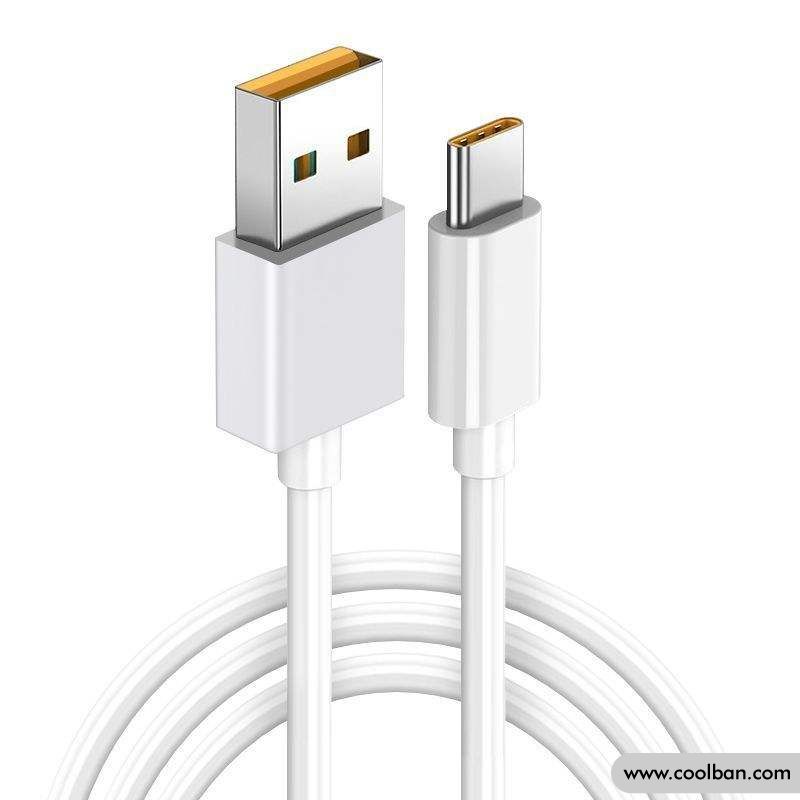Popular science of common interfaces of electronic equipment
Today is the era of electronic information, people's lives are full of a large number of electronic devices, and there are many types of electronic device interfaces. Many people sometimes confuse the types of electronic device interfaces they have, resulting in oolong incidents such as buying the wrong charger. . Today, Xiaobian brings you some common types of electronic equipment interface science.
Electronic equipment interfaces can be roughly divided into two categories, namely transmission interfaces and display interfaces.
First popular science transmission interface:
The full name of the transmission interface is the data transmission interface, which is the data interface that connects the computer dictionary with the PC to realize upload and download, data synchronization, use of e-books, mutual transmission between two computers, and mutual communication. Common data transmission interfaces include USB interface, serial port, infrared interface and Bluetooth interface.
One of the most common and well-known interface types is USB. The English name of USB is Universal Serial Bus, which means Universal Serial Bus. USB has three basic functions: First, it can be used to transfer data, such as transferring files to storage devices. Second, it can be used as a power source to charge devices, such as desk lamps, mobile phones, power banks, etc., through a data cable with a USB interface. Third, connect external facilities to the computer, such as wired mouse, external keyboard, printer, etc.

What needs to be popularized is that the original intention of USB is to replace the old transmission interface.
In 1995, the first generation of USB came out, named Low Speed USB, with a transfer speed of about 1.5 Mbps, because of its own problems, has not attracted much attention.
In 1998, the USB 1.1 version came out, named Full Speed USB, it was the earliest revision adopted, with a transfer speed of about 12 Mbps.
Hi-Speed, or USB 2.0, launched in 2000, doubled the theoretical transmission speed by 40 times, reaching 480Mbps.
The theoretical transfer speed of USB 3.0, launched in 2008, doubled ten times, reaching an astonishing 5Gbps.
In 2013, the USB 3.1 version doubled to 10Gbps, and many U disks from major manufacturers are in use, but the price is high.
Popular science here: You can look at the interface connected to the computer or the other end of the charging head. If there are only 4 contact points inside, it means that it is a USB 2.0 interface. If there are still 5 inside, that is, a total of 9 contact points, then it is above USB 3.0.
In the process of USB development, portable devices and smart phones have developed rapidly, such as MP3, MP4 and other products that are more familiar to the post-80s generation, basically all use Mini-USB. Compared to standard USB, Mini-USB is smaller and suitable for small electronic devices such as mobile devices.
In 2014, the Type-C interface came out, and Huawei also successfully popularized the Type-C interface in China. This is why many Chinese call Type-C the Huawei interface. Until now, Type-C is the most common charging in the mobile phone field. Way.


But Type-C is not equal to USB 3.0. It is currently unified in appearance, but there is still a long way to go in function.
Next, the popular science display interface:
The display interface includes VGA, DVI, all the way to HDMI, DP, MiniDP, Thunderbolt and many other strange-looking interfaces.
VGA came out in 1987. It was common in previous projectors and computers. The picture quality transmitted by this interface is not high, and it is easy to be interfered. It is not a real audio-visual interface because it cannot transmit sound, but only images.
DVI was born in 1999. It is similar in shape to VGA, but stronger than the latter. Both of these two interfaces are relatively large, occupy a lot of space, and need to be fixed with screws for protection, which is not very convenient to operate. Nowadays, computer TVs are getting thinner and thinner, and the picture quality requirements are getting higher and higher. VGA and DVI are gradually replaced by HDMI.
HDMI came out in 2004 and can send audio and video signals at the same time. Since the audio and video signals use the same wire, the installation difficulty of the system line is greatly simplified.
DisplayPort (DP for short) is a digital video interface standard developed by a consortium of PC and chip manufacturers and standardized by the Video Electronics Standards Association. This interface is free of authentication and authorization fee, and is mainly used for the connection of video sources to monitors and other devices, and also supports carrying audio, USB and other forms of data.
As the successor to DVI, DisplayPort will add support for high-definition audio signal transmission while transmitting video signals, while supporting higher resolutions and refresh rates. It can support single-channel, one-way, four-line connections with a data transfer rate of 10.8Gbps, which is sufficient to transmit uncompressed video and related audio, as well as a 1Mbps two-way auxiliary channel for device control, and 8 bit and 10-bit color.
The above is the popular science of some common types of electronic equipment interfaces, hoping to help you.
